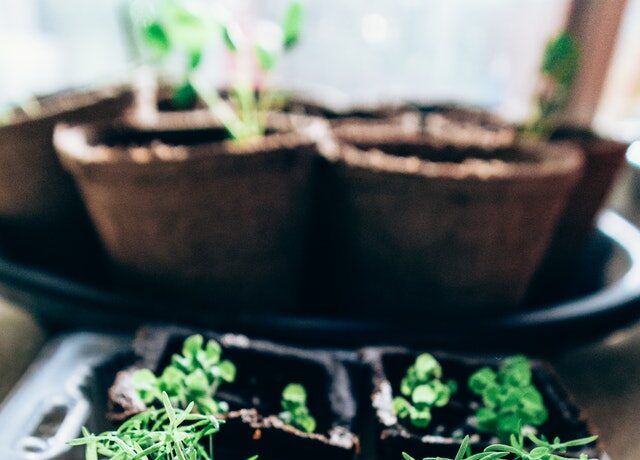Wicking beds are a special method of gardening that doesn’t require a lot of watering. These are raised beds that come with a built-in water reservoir at the bottom. The soil used should be rich in nutrients for the plants so make sure that you use compost and organic matter in the mix.
Wicking beds Australia work according to capillary action. The plants are fed from the bottom and you will not need to frequently water the surface except in the first month for seeds and seedlings. These wicking beds are very efficient in their use of water and because the water comes from below, evaporation of water from surface is greatly reduced. These beds are self-watering and therefore a great option when it comes to keeping your garden thriving during dry months where there is little to no rainfall. Not only for dry areas, wicking beds can also be used for wet climates as well. When there are heavy rain storms, the wicking bed will drain excess water effectively. As you don’t need to water them very often, they are a great option for those with mobility issues. And because this is a raised bed, it is much easier to access.

Generally, a wicking bed will have planting media, a permeable layer between the soil and the water reservoir that helps in wicking water and a water reservoir that has media. Generally, people use gravel for water media. This will provide a sturdy base for the soil to rest on. There are also wicking beds that don’t have media. In this case, there is a false bottom that allows the soil to be suspended about the water reservoir and a wick system is used to carry water up. If you are building a wicking bed that has media, you have to determine the depth of the reservoir and also the soil. The soil layer should not go above 30cm in depth as much higher and the plants will not be able to reach moisture unless they have deep roots. You can use an above ground planter box. When building it with wood, you need to make sure that the bed is lined with plastic so that the wood is not in contact with the moist soil.

You can also use in-ground wicking beds where you use existing ground to support the water reservoir. You can dig a space out to contain the gravel for the water reservoir. You also need to have a spillway that will allow excess water to spill out. You can also use weeping tiles at the bottom so that the reservoir is able to hold up more water. There are many modifications that you can do to the wicking bed to make sure that it works efficiently. You can add a worm composting tube to the soil bed where food scraps and organic matter can be added to the tube as worm food. Worms will ensure that the wicking garden system is aerated properly. You can have the wicking beds installed inside or outside the house as long as there is sufficient sunlight.





